Cellma Acute Care Software: Smarter Workflows, Safer Care
Cellma Acute Care Software: Smarter Workflows, Safer Care
Acute care settings are a vital part of any health system, as they deal with urgent and emergency cases where time and accuracy are crucial. Across the NHS, or any health system, hospitals are under significant pressure due to increased demand, complex patient typologies and conditions, and limited resources. Acute care software is now vital to ensure patient safety and effective workflows, patient flow, and movement between hospitals, A&E, and elective patient recovery.
Cellma, an acute care EMR software, is built to address both NHS priorities and international healthcare challenges as a comprehensive acute care EPR. It supports the full acute pathway with real-time patient flow management, secure clinical communication, and interoperability with NHS systems and standards. Aligned with the NHS 10 Year Plan’s drive for digital-first, integrated care, Cellma enables hospitals to modernise services, strengthen connectivity, and make data-driven decisions. The result is resilient acute care that improves patient outcomes while reducing pressure on clinical teams.


Aligned with NHS 10-Year Plan:
Cellma is purpose-built to support these goals through prevention-focused, digitally enabled, and integrated community care.


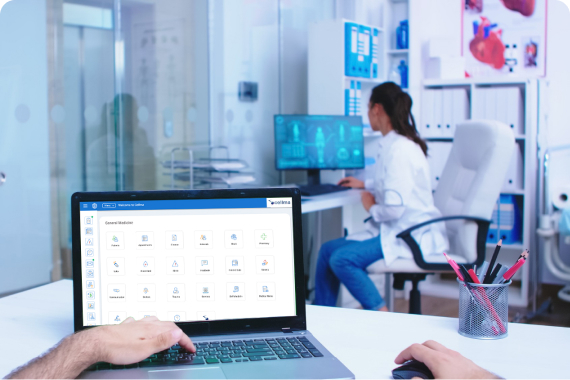








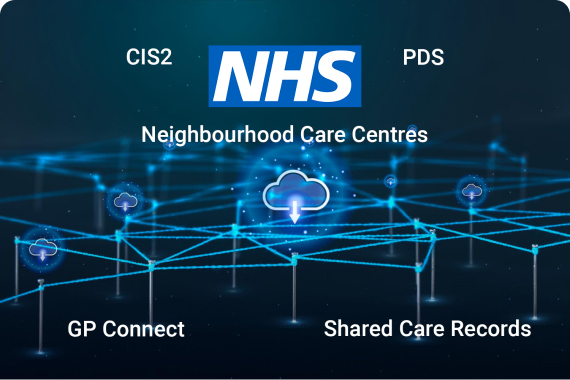
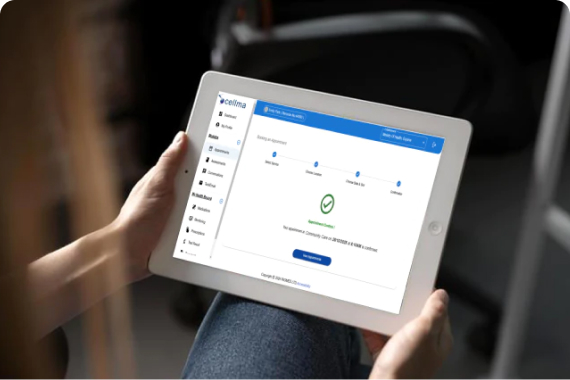



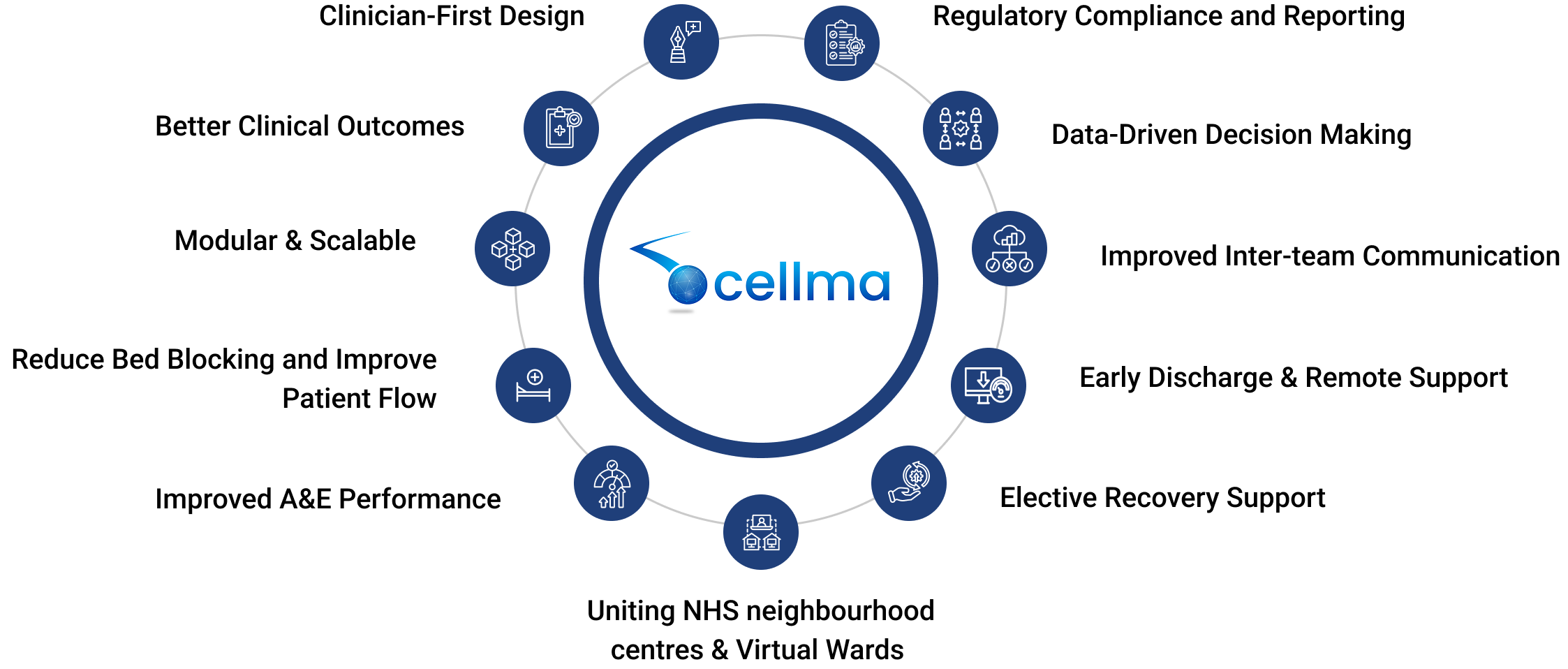
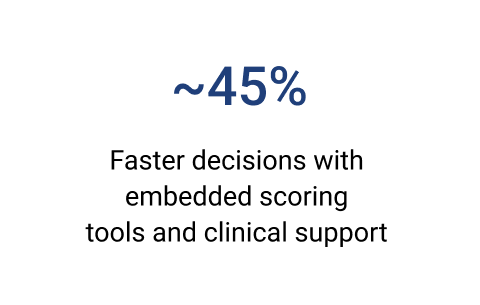
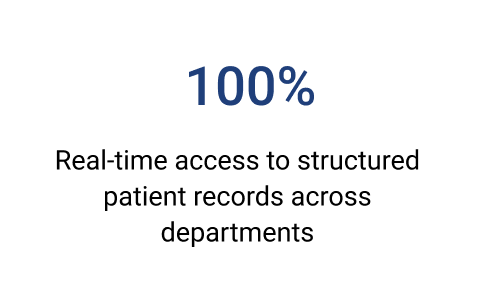
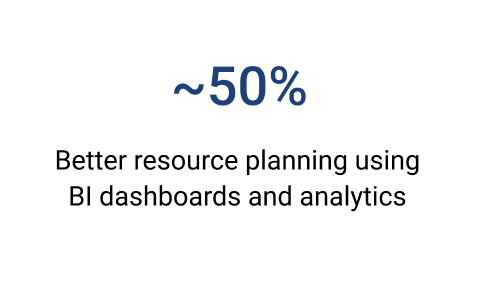
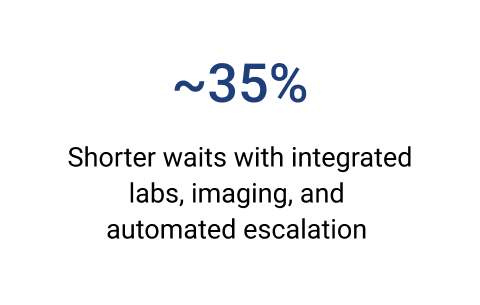
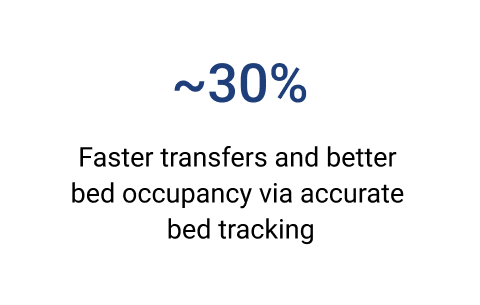
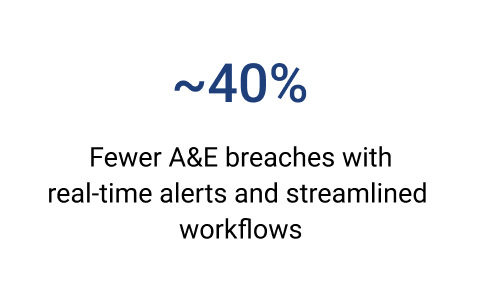










Fully aligned with the NHS 10 Year Plan, supporting its vision for integrated, patient-centred, and digitally enabled care over the next decade.
Built for global healthcare, enabling connected, patient-centred, and digital-first care anywhere in the world.
This makes Cellma both NHS-compliant and adaptable to global digital health systems, positioning it as a future-ready
solution for healthcare providers worldwide.

Support for ECDS, PDS, NHS Spine, FHIR and HL7 for complete interoperability with national systems.

Easy-to-navigate UI designed for fast adoption by clinical and administrative teams.

Easily integrates with PAS, imaging, labs, pharmacy, GP Connect, DICOM and other systems within the hospital.

Recognises admissions, transfers, discharges and bed occupancy to optimise workflow in the hospital.

Reporting dashboards and automated reports for CQC compliance, performance management and utilisation of resources.

Predictive analytics, early warning alerts and scores increase patient safety and improve the clinical decision-making process.

Enables safe access to view, document and review patient information from tablets, laptops and smartphones while offsite or in transit.
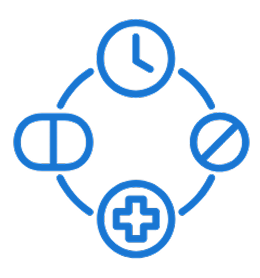
The bespoke modular design allows for the use of individual modules to represent, accommodate and allow for the requirements of a specific acute care pathway and individual hospital policies.

Enabling a patient to use a secure portal for requesting an appointment, communicating with the hospital and accessing their record securely and in a manner compliant with GDPR.

The pilot-ready sandboxes, simulation labs and demo environments, provided by Digital Health Intelligence, allow the trusts to 'taste' workflows before full deployment.

Flexible SaaS business models, NHS DSPT/DTAC compliant, 24/7 and UK-based technical support, reduce the risk for acute trusts.

Cellma ensures 100% security with GDPR compliance, role-based access, and enterprise-grade data protection.
Cellma is fully interoperable with NHS standards, including GP Connect, PDS, CIS2, Shared Care Records, FHIR, SNOMED CT, ICD-10, and HL7. It also integrates with PACS, LIMS, PAS, and e-Pharmacy, ensuring continuity across urgent, emergency, and inpatient care without requiring a full “rip and replace.
Cellma follows GDPR, NHS DSPT standards, and has Cyber Essentials Plus and ISO 27001 compliance in place. Cellma satisfies a number of NHS assurance requirements, including ECDS, WECDS, ADS, and SDEC, through process, reporting, audit trails, and role-based access. Cellma's automated reporting also satisfies governance requirements for the CQC.
Cellma offers real-time alerts for 4-hour targets, predictive analytics to manage flow, and automated discharge planning. These functions reduce breaches, reduce bed scarcity, and enable reallocation of resources to electives, addressing all major NHS priorities.
Cellma utilises a modular approach with gradual deployment phases. Trusts can initially focus on areas that will have the most impact (such as A&E whiteboards, patient flow management, or ePrescribing) before broadening their use over time. Comprehensive training, UK-based support services, and cooperative design involvement from clinicians facilitate smoother adoption while reducing disruption during implementation.